What kind of fruits and milk can all diabetics eat and drink?
Diabetic patients to eat fruit should be established under the premise of blood glucose control, eat in moderation between meals, give preference to eat some of the lower glycemic index of the fruit, the daily fruit consumption should not exceed 200 grams.
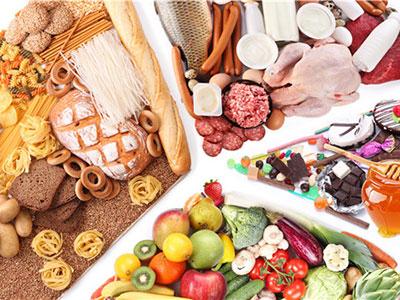
Fruits suitable for diabetics include: apples, mulberries, guava, grapefruit, cherries, strawberries, oranges, hawthorn, Luo Han Guo, papaya, kiwi and so on.
Fruits that are not suitable for diabetics include: cinnamon, dates, persimmons, grapes, durian, lychee, bananas and sugar cane, which contain too much sugar.
Milk, diabetics can drink low-fat milk or sugar-free yogurt, milk can drink 200-300ml per day, yogurt no more than 200 grams is appropriate. In addition, soymilk and light tea water is also a good choice for diabetics, of course, the safest and healthiest is still plain water.
Cereals suitable for diabetics include corn, millet, black rice, barley, oats, buckwheat, soybeans, black beans, red beans, mung beans and cowpeas. Eat less refined white rice and noodles and all kinds of refined and processed foods.
Vegetables suitable for diabetics include: cabbage, lettuce, spinach, oilseed rape, cabbage, purple kale, celery, amaranth, capers, pea shoots, lettuce, bamboo shoots, asparagus, cauliflower, broccoli, wakame, amaranth, eggplant, lotus root, yam, konjac, onions, tomatoes, zucchini, carrots, carrots, Brasenia schrebergeri, bitter gourd, cucumber, pumpkin, winter squash, ginkgo nuts, kelp, seaweed, shiitake mushrooms and so on.
Meat suitable for diabetics include: chicken, pigeon, beef, duck and rabbit. It is best not to eat fat pork and various animal offal, the fat content is too high.
Suitable for diabetics to eat aquatic products are: oysters, eel, loach, crucian carp, cod. It is best to eat less sea rice with high salt content and high cholesterol content of crabs, cuttlefish, fathead minnows and so on.
Sugar Man's seasonings can be garlic, ginger, vinegar, cinnamon, etc. Use soy sauce and chicken essence in moderation, and use less salt and various sauces such as salsa, chili sauce, bean paste, curd sauce, etc.
Sugar man health network, a temperature control of sugar platform, welcome to pay attention to the questions and answers!
Diabetic patients can eat fruits in moderation after their blood glucose control is stable, i.e., when their 2-hour postprandial blood glucose is below 11.1 mmol/L and glycated hemoglobin is less than 7.0%; if their blood glucose level is high and has fluctuated greatly in the recent past, they should refrain from consuming fruits for the time being.
Fruits should not be eaten in combination with the main meal, but as an additional meal, which can be consumed around 10 am or 4 pm.
People with diabetes should choose fruits with relatively low sugar content and a slower rate of blood glucose elevation, i.e., low-sugar fruits, such as strawberries, grapefruit, watermelon, and kiwi. Medium-sugar fruits include apples, peaches and pears. Fruits on the high sugar side include pineapple and dragon fruit. Try to eat as few high-sugar fruits as possible, such as ripe bananas, lychees, grapes, sugar cane, and red dates.
People with diabetes should not consume more than 200 grams of fruit per day with the same total daily intake.
People with diabetes can drink 1 to 2 sachets (250 to 500 ml) of fresh milk or yogurt per day, and try to drink unsweetened milk and unsweetened yogurt.
In addition, diabetics should be careful with their diet:
1, the staple food attention to coarse and fine mix, eat more oats, buckwheat, corn and other coarse grains. Coarse grain can account for one-third to one-half of the staple food. However, combined with gastroparesis diabetic patients, eat coarse grains must not be too much, 1 day to eat up to 1 two.
2, eat more fresh vegetables, especially green leafy vegetables, eat at least one pound of vegetables daily.
3, supplement high-quality protein, ensure that a daily egg, eat fish 2 to 3 times a week, each time to eat 150 to 200 grams, preferably deep-sea fish. Choose low-fat meat in moderation, such as skinless chicken, duck, lean pork, beef and lamb, 100 to 150 grams per day. Intake of moderate amount of soy products 50 to 100 grams per day.
4. Eat a light diet and control the intake of high-fat foods, such as fatty meats, animal offal and fried foods.
5, diabetic patients should pay attention to drink more water, to ensure that 6 to 8 glasses of water (1500 to 2000 ml) per day. At the same time, it is important to develop a good habit of drinking water regularly.
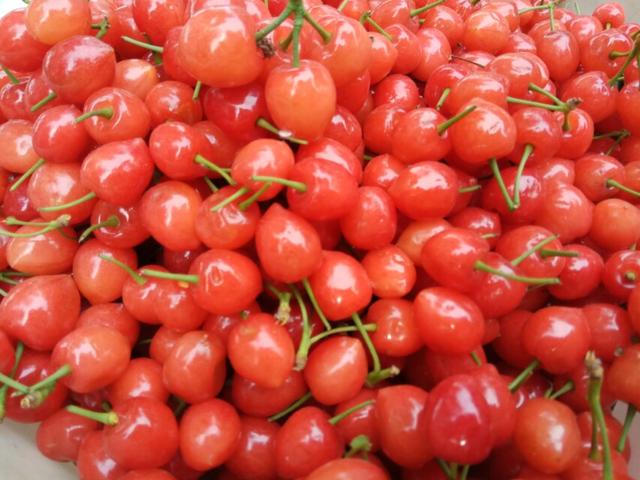
Fruits high in antioxidants such as apples, berries (strawberries, blueberries, grapes, kiwi, mulberries, figs, pomegranates, currants, etc.), citrus fruits, mangoes, papayas, and apricots are appropriate for diabetic patients with stabilized blood sugar. Antioxidants help prevent cellular damage and in a diabetic diet help reduce inflammation-induced oxidative stress that can lead to diabetic complications. It is recommended to consume 100 to 200 grams of fruit per day as an additional meal.
It is recommended that the fruit be consumed whole. Whole fruit is not only the best source of antioxidants, but also contains a lot of dietary fiber, which slows down the absorption of glucose, helping to stabilize postprandial blood glucose and reduce the risk of diabetes.
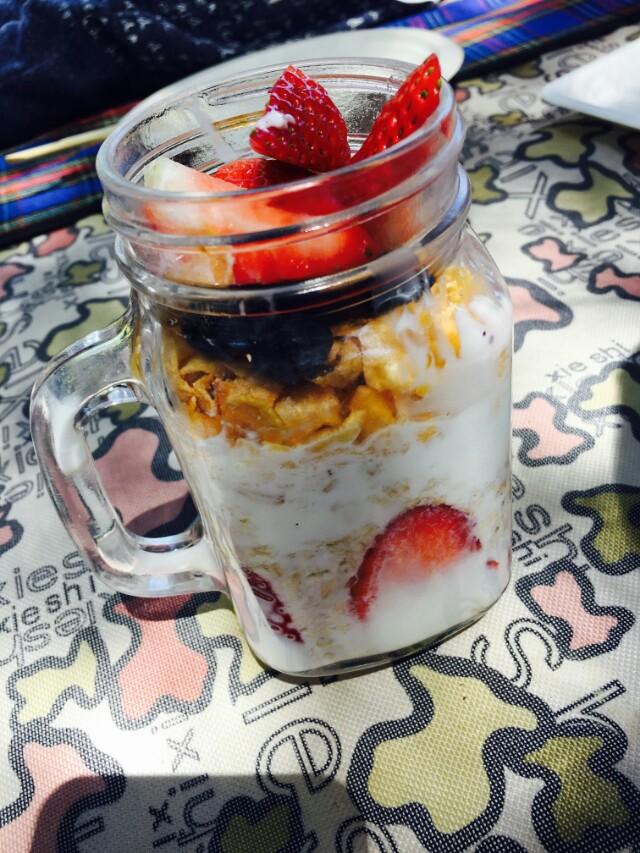
Diabetic patients should drink 250 - 400 ml of milk every day, you can choose whole milk, low-fat milk, skimmed milk, sugar-free or low-sugar yogurt, etc. These milks are rich in protein, calcium, and calcium-phosphorus ratio is appropriate, but also contains a certain amount of vitamin D (skim milk does not contain vitamin D) and lactose, which are conducive to calcium absorption.
For diabetic patients with normal weight, they can choose whole milk/yogurt, low-fat milk/yogurt, etc. For diabetic patients who are overweight or obese, it is recommended to choose low-fat or skimmed milk; for diabetic patients who are lactose intolerant (symptoms such as bloating and diarrhea after drinking milk), it is recommended to choose low-fat and low-lactose milk.
How exactly should diabetics eat, please refer to the Chinese Diabetes Dietary Guidelines (2017) published by the Chinese Nutrition Society, whose core recommendations are as follows.
Recommendation 1: Eat and move in a balanced way, use medication wisely, control blood sugar, and achieve or maintain a healthy weight;
Recommendation 2: Quantitative staple food, coarse and fine mix, whole grains, mixed legumes account for 1/3;
Recommendation 3: Eat more vegetables and fruits in moderation, with a variety of types and colors;
Recommendation 4: Eat fish and poultry often, eggs and livestock in moderation, and limit processed meats;
Recommendation 5: Milk and beans every day, snacks plus meals reasonable choice;
Recommendation 6: Eat a light diet, drink plenty of water, and limit alcohol consumption;
Recommendation 7: Timing, chewing and slow swallowing; pay attention to the order of meals;
Recommendation 8: Focus on self-management and receive regular individualized nutritional guidance.
Author: Qin Yujing
National Level II Public Nutritionist
Dalian Nutritionist Club Lecturer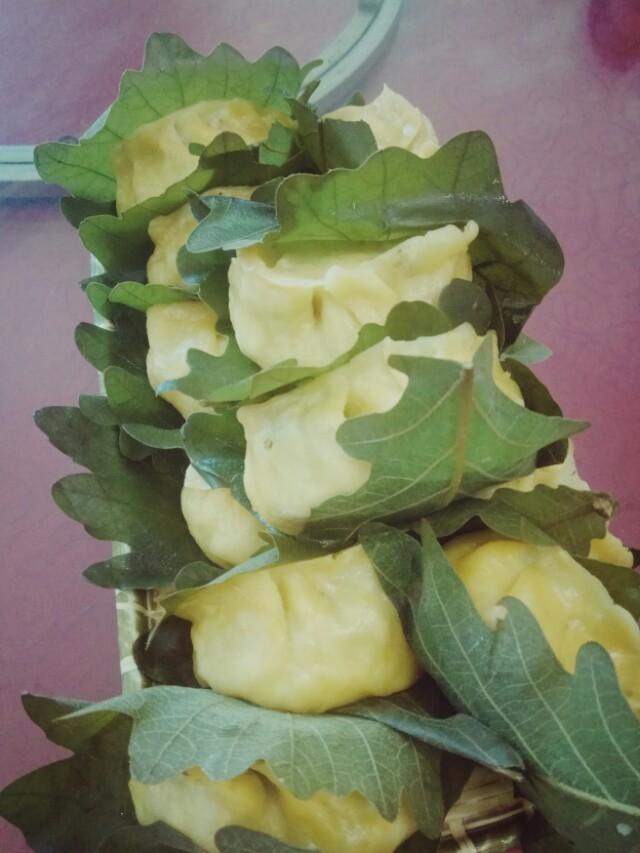
谢邀.
What fruits can diabetics eat?
The sweetness of fruit in general comes mainly from fructose, which, although it produces the same number of calories as other sugars, has less effect on blood sugar than sucrose, glucose or starch. Therefore, diabetics can eat some of any fruit, when their blood sugar is well controlled.The most important thing is to control the serving size. However, Kampin recommends that diabetics primarilyChoose varieties that are high in fiber and not too sweet., which is less likely to trigger large fluctuations in blood sugar. These fruits include strawberries, apricots, plums, watermelon, etc. and are listed below in order of sugar content:
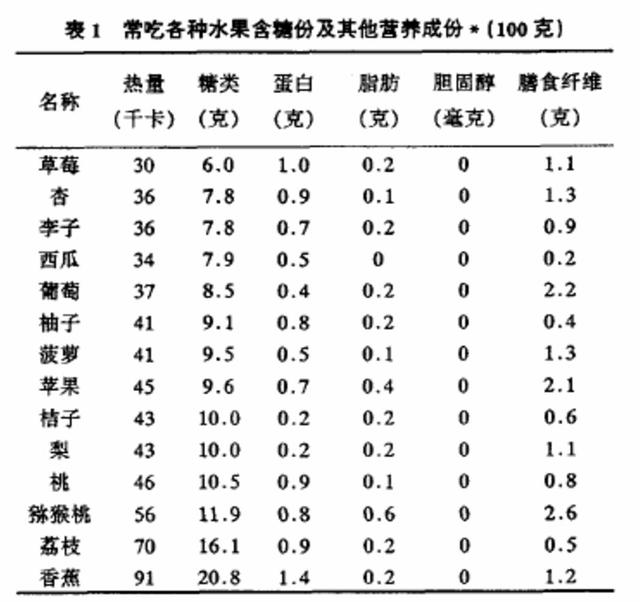
Don't look at some fruits are very sweet, but due to the high water content, the sugar content is actually not much, the corresponding GL value (glycemic load) is actually very low. Take watermelon for example:
The GI value of watermelon is 72, which is considered a high GI food, but this refers to the blood glucose response caused by eating watermelon containing 50g of carbohydrates (sugars). According to the data in the table above, you have to eat 50/7.9*100=633g of watermelon before worrying about this high GI problem. Eating two slices (200g) of this on a daily basis is perfectly fine.
What should diabetics be aware of when eating fruits?
Of course, diabetics should pay attention to a few points in order to better control their blood sugar when eating fruits:
Fruit is best scheduled to be eaten after lunch and/or 2 hours after dinner;
The calories from eating fruit should be counted within the total calories in your diet;
You can eat 1-2 times a day, and the amount of fruit you eat each time should not exceed 100g;
If you have your own blood glucose meter, you can measure your blood glucose once after eating the fruit, and if it is still within the control range, you will be able to eat it again later.
This has little effect on blood sugar and helps to balance the nutrients in your diet.
What kind of milk can diabetics drink?
unsweetenedThe plain milk and yogurt are fine to drink, but you should also control the amount of consumption.
The naturally occurring sugars in milk and yogurt are mainly lactose and galactose, which are relatively low in content, have little effect on blood sugar, and help promote calcium absorption, which is very important for diabetics.
Studies from both the UK and Harvard University have shown that some daily intake of yogurt is good for blood sugar health. The calcium and lactic acid bacteria in yogurt are both helpful in reducing the risk of type II diabetes. The lactic acid in yogurt has the effect of slowing down the rise of blood sugar and also facilitates the absorption and utilization of calcium and magnesium.
Note: Do not choose flavored milks or milks with the word "beverage" in the product name.
What should diabetics be aware of when drinking milk/yogurt?
Milk should be consumed at 250-500ml per day; yogurt at 150ml. Both should be counted in the total calories of the diet. Although milk yogurt are low GI, low GL food, but eat more will be the same caloric excess, leading to obesity.
Milk can be consumed at breakfast with sliced bread, eggs, and coleslaw; yogurt is best when added to a meal or after a meal to promote digestion and protect probiotic activity.
Obese, or diabetic patients with hyperlipidemia should drink low-fat or skim milk/yogurt in moderation.
Diabetic patients with renal complications or renal hypoplasia, should be cautious of drinking milk, follow the doctor's advice to drink in moderation, not at random.
You can't drink milk as water, so as not to have too much total protein intake, increasing the burden on the kidneys and laying the groundwork for future complications.
A, sugar lovers eat fruit questions
1. Some diabetics say, "I don't dare to eat fruits when I have diabetes," while others say, "I only choose some unsweetened fruits to eat," and there are many confusions and questions about whether or not they can eat fruits with diabetes.
It should be definitely said that diabetics can eat fruits. However, it is important to pay attention to the following three elements: i.e., the time to eat, the type of fruit to eat, and the amount of fruit to eat.
Time to eat.
Some people like to eat fruit right after eating, but for diabetics it is recommended to eat fruit 2.5 hours after a meal, or between meals, when the peak of blood glucose has usually passed and the fruit can be enjoyed.
Type of food.
In recent years, people have paid attention to the glycemic index (GI) and glycemic load. apples and pears, which are eaten more frequently, have a GI of 36; mandarin oranges and grapes have a GI of 43; bananas and kiwis have a GI of 52; and fruits with a GI of less than 30 include cherries, grapefruit and peaches, with only a few fruits such as mangos, bananas, pineapples, and watermelons having a GI of higher than 55. the glycemic load of the vast majority of fresh fruits is less than 10, which is considered to be in the category of a low glycemic load. The majority of fresh fruits have a glycemic load of less than 10, which is a low glycemic load. It is recommended that diabetic patients choose fresh seasonal fruits with low GI. Dried fruits and nuts should be eaten sparingly due to their high energy content.
Amount eaten.
Of course, diabetics are concerned that most fruits are sweet and contain a lot of sugar, which can raise the blood glucose level. Whether or not they actually raise blood glucose depends on the amount of fruit consumed. Fresh fruit is low in energy, with each 200 grams of fruit containing 85-90 kcal of energy, equivalent to 25 grams of staple food, so if the patient eats 100-150 grams of fruit at a time, there will be no blood glucose rise.
2. Fruit types
Recommended Option:
Fruits that contain less than 10 grams of sugar per 100 grams include cucumber, cucumber, grapefruit, lemon, peaches, plums, apricots, loquats, pineapple, strawberries and cherries. These fruits provide 20 - 40 kcal of energy per 100 grams.
Choose with caution:
Fruits that contain 11-20 grams of sugar per 100 grams include bananas, pomegranates, melons, oranges, apples, pears, lychees and mangoes. These fruits provide 50-90 kcal of energy per 100 grams.
Not a recommended option:
Fruits containing more than 20 grams of sugar per 100* fruits, including red dates, red fruits, especially dried dates, honey dates, persimmons, grapes, dried apricots, dried cinnamon and other dried fruits, as well as dried fruits should be prohibited from consumption. Fresh fruits with particularly high sugar content, such as red Fuji apples, persimmons, Laiyang pears, Ficheng peaches, cantaloupe, rose-scented grapes, jujubes, yellow peaches, etc., should not be consumed. These fruits provide more than 100 kcal of energy per 100 grams.
Many vegetables can be consumed as fruits, such as tomatoes, cucumbers and cucumbers. With a sugar content of less than 5 grams per 100 grams of food and rich in vitamins, they can completely replace fruits and are suitable for diabetics, and can be promoted.
II. Doubts about drinking milk for sugar addicts
1. Milk contains protein, fat, carbohydrates, minerals, vitamins and other essential nutrients, and is an ideal food for elderly diabetics. Therefore, drinking more milk is very beneficial to your health.
2. Milk contains 3.3%~3.5% milk protein, and its digestion and absorption rate can reach 96%. Milk contains lysine, methionine, tryptophan and other essential amino acids that cannot be synthesized in the body. Therefore, drinking more milk can ensure a sufficient amount of protein intake.
3. Milk contains 3%~5% fat, which has a higher digestion and absorption rate than other animal fats. Elderly diabetic patients should not have too much fat intake, and there should be a sufficient amount of unsaturated fatty acids, drink more milk can be obtained such as linolenic acid, arachidonic acid and other unsaturated fatty acids that the human body needs. These unsaturated fatty acids can lower blood cholesterol and triglycerides, which is good for preventing arteriosclerosis and blood pressure.
4. Milk contains 4.6%~6.7% lactose, which can promote the growth of beneficial lactic acid bacteria in the intestinal tract and maintain the normal digestive function of the intestinal tract. Lactose is beneficial to the absorption of calcium in elderly diabetic patients, which can prevent the body from osteoporosis and other diseases due to calcium deficiency.
5. In addition, elderly diabetic patients with mild renal impairment drink milk, the excretory function of the kidneys can be improved.
Nowadays, in addition to the usual fresh milk and skimmed milk, dairy products available in the market areWhat's more, there is also a glucose-lowering milk powder rich in glucose tolerance factor for diabetic patients, which can regulate blood sugar, prevent and improve a series of complications caused by long-term diabetes, and can be called the preferred variety for elderly diabetic patients.
But everything is in moderation, and sugar lovers should not drink too much milk!
First of all, dairy products, fresh milk, pure milk, low-sugar or sugar-free yogurt, unsweetened milk powder is completely safe, you sugar lovers do not fear the sugar in yogurt, because milk in the fermentation itself inside the 5 grams / 100 grams of sugar, when you buy yogurt to see the food composition table written in the sugar per 100 grams of yogurt 5 to 12 grams of sugar are not considered to be too high in sugar, and some even really do not have any extra added sugar, so you want to lose weight! or sugar control partners can choose, of course, sugar lovers or on the low not on the high!
And a variety of cheese, cream to be cautious, cheese contains milk in addition to whey in all nutrients, and after fermentation, making some amino acids more easily absorbed, but it is in the concentration of milk nutrients at the same time also concentrated energy, so eat cheese partners pay attention to do not eat too capricious Oh! The cream is milk as raw material purified fat part of it, so its fat content of 10% to 80% (thin cream), and anhydrous cream containing quality up to 99.8%! So you sugar friends or not to dabble in creamy foods, after all, sweet and sweet energy and high but also not much nutrition!
Condensed milk is sterilized at high temperatures, which results in a loss of its vitamin content and adds a lot of extra sugar, so sugar lovers should eat less of it!
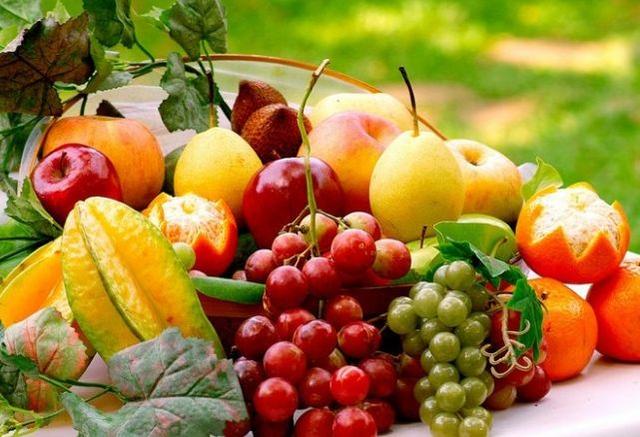
Although the fruit contains sugar, but because it is rich in a variety of vitamins and dietary fiber, so its ability to generate blood sugar is not too high, and China's diabetic dietary guidelines have been explained, even with diabetes should also eat fruit every day, so all sugar friends do not blindly listen to false propaganda, and do not eat fruit! Because the fruit is much more delicious than its so-called "harm"!
Fruit Recommendations:Pears, apples, cherries, strawberries, fresh peaches, grapefruit, plums These are low-sugar fruits and can be eaten without fear!
And oranges, grapes, kiwis which are medium sugar content fruits can be consumed in small amounts without worrying!
Papaya, pineapple, fresh dates, dried jujubes, bananas, watermelon and hawthorn are high-sugar fruits and should be strictly controlled per intake!
If the five views are clear, gold is easy to transform, but if the three minds are not clear, water is hard to flow.
There is no phase to be obtained, the "sick phase" is also unobtainable, all diseases are "mind diseases", it is oneself who has seized a "sick phase", 84,000 Dharma doors to cure 84,000 kinds of troubles, troubles into Bodhi, the physical and mental temperament will also be transformed, afraid of not being able to eat this or that, this word "afraid" is nothing but adding to your own troubles. The eighty-four thousand dharma teachings cure the eighty-four thousand kinds of troubles, and the physical and mental temperament will be transformed. If you seize a sick phase, you are afraid that you can't eat this or that, and this word "afraid" is nothing but adding troubles to yourself, and your own quarantine power will be lowered due to your own scaring yourself, and the phase is generated by your heart, and the "sick phase" is also generated by your heart. "is also born out of your heart, if your own thoughts a turn, the "disease" as a good thing, the Buddha and the devil a thought, they will suddenly put down a big burden, to read the mind, is to look at their own thoughts, not good not born, the good law is not extinguished, the greed, anger, jealousy, slow and doubt is the root of our disease, to develop bodhicitta, the mind is the root of the disease. The root cause of our sickness is greed, envy, jealousy, and doubt! To make a great wish, may all sentient beings' illnesses be completely eliminated when I attain Bodhi, until it is fully realized!
If you practice well in this way and make the great wish of Bodhi, you will naturally turn disease and trouble into pure nectar; it is not a question of what you eat or don't eat; those are all external appearances, and it is not possible to seek the Dharma outside of the mind!
Diabetics can eat the fruits are, popcorn, guava, grapefruit, these three fruits have auxiliary hypoglycemic effect, other fruits can be eaten, but in the case of good blood glucose control, between meals, less to eat, but also drink milk, yogurt
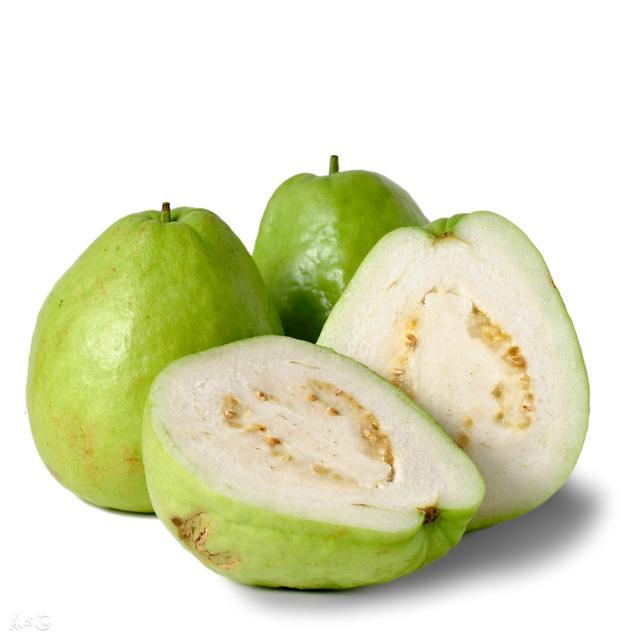
guava (fruit)

pomelo (Citrus maxima or C. grandis)
Diabetic patients are not absolutely can not eat the fruit, although the fruit is rich in sugar, but most of the fruit belongs to the water is sufficient, high dietary fiber content of food, help to reduce the rate of glycemic food, to help slow down the sugar into the bloodstream of time, the impact on blood glucose sugar can be accepted, as long as the amount of intake, and will not be too threatening, sugar should pay more attention to is to increase the variety of fruits rich in fruit to provide the Nutrition, control the total amount of fruit intake.
Not only for sugar lovers, for the general population, fruit intake should also be controlled, dietary guidelines recommend that fruit intake daily control within 200~400g, roughly a handful of berries, two apples / oranges of the portion, for sugar lovers, you can compromise, 300g or so, such as eating two apples per day of a smaller size, half a handful of berries with a peach, and other ways.
Control the total amount of fruit intake, in fact, do not have to be too harsh on the type of fruit, if there must be some mustiness, sugar lovers can choose more total sugar content is lower, glycemic index (a measure of the rate of elevation of blood glucose per unit of time of the food index, generally higher than 55 belongs to the higher glycemic food, is not suitable for sugar lovers, sugar lovers can choose more than lower than the glycemic index of 55 fruits) slower fruits, such as apples, pears, peaches, kiwi, orange, tangerine, strawberry, cherry, pomelo, papaya, apricot, plum, etc., are common fruits, avoid some fruits with high total sugar content and glycemic index, such as pineapple, cinnamon, lychee, hawthorn, fresh dates.
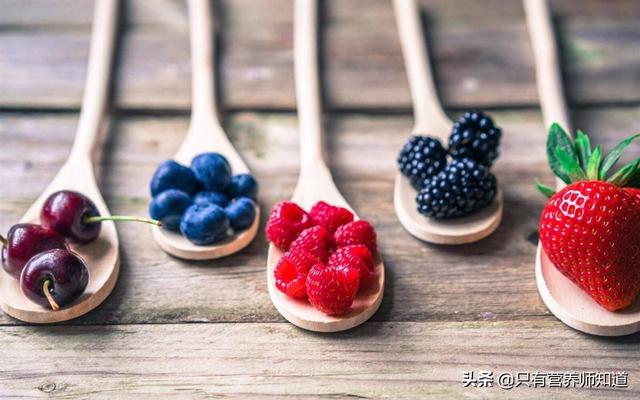
Some fruits are special, such as watermelon, bananas, grapes, watermelon's sugar content is not low and fast glycemic index, but watermelon water, volume, glycemic load (the relationship between the total amount of food intake and the rise in blood glucose) is low, as long as the amount of intake is not too much, the rate of glycemic is not fast, sugar lovers small amount of food is not a problem; bananas and grapes tastes sweet, in fact, it is because of their " Fructose" content is relatively rich, fructose flavor than glucose, sucrose sweetness is 2 to 3 times higher, but they will be directly absorbed by the intestinal tract, does not directly affect blood glucose, so bananas, grapes, mangos and other fructose-rich fruits eat sweet, but does not mean that the glycemic index is high, their glycemic index is generally in the range of 50 to 60, but bananas, grapes, the total sugar is not low, and can not be more! Eat. There are some fruits such as dragon fruit, dragon fruit is easy to be misunderstood as not much impact on blood sugar fruit, because it tastes almost nothing sweet, in fact, dragon fruit in the fructose content is low, they sucrose, glucose content is higher, so the sweetness is not big, but in fact, sugar content is also richer, its glycemic index of about 59, is not a low glycemic index of the fruit, oh, can not be casually eaten in excess.
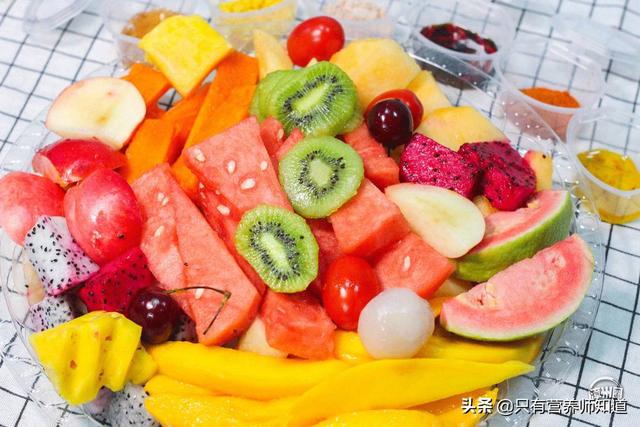
So, what kind of milk?
Pure milk is the best, and do not have to deliberately choose skim milk, low-fat milk, general whole milk on the line, low-fat, skim milk in the fat content is low, relatively speaking, contains fat-soluble nutrients on the lower, such as vitamin D, vitamin D helps to enhance the absorption and utilization of calcium, is indispensable to the process of calcium important ingredients, low-fat, skim milk in fact, so that the milk of the calcium effect of the discount. Low-fat, skimmed milk in the fat content is lower, less fat flavor, and not so delicious, and to provide the effect of satiety is also insufficient. Fat does not have a significant effect on blood sugar, so whole milk does not have a significant effect on blood sugar. Although milk contains "lactose" component, but lactose and glucose, sucrose is different, their decomposition speed is slow, in the decomposition of galactose after a complex process will slowly become glucose, so the glycemic index of milk is only about 38, is a low glycemic index food, sugar lovers can drink normally.
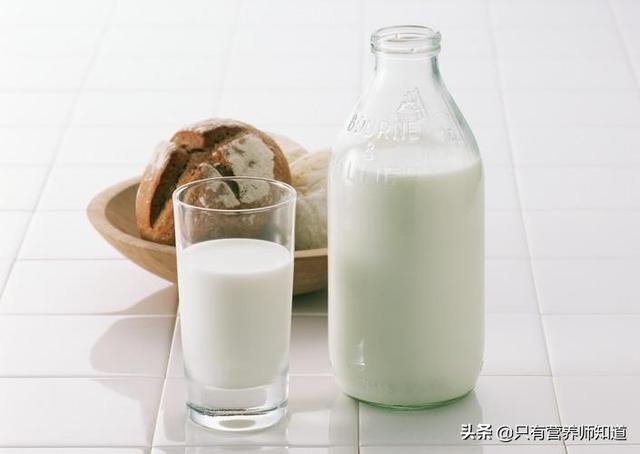
When choosing milk, it is better not to buy "flavored milk" or "milk-containing drinks". Flavored milk has a lot of sucrose added to improve the taste, such as strawberry milk and chocolate milk, which definitely have a greater impact on blood sugar. The impact on blood sugar is definitely greater; milk-containing beverages are more likely to be prepared with water, creamer, sucrose, thickeners, etc., and do not contain real milk, which has a greater impact on blood sugar, and may not have enough nutritional value. Some milk-containing beverages will have artificially added nutrients, but compared to the more natural sources of nutrients, we should avoid artificial additives as much as possible. When buying milk you can observe the nutrition label, generally high quality protein ≥ 3%, calcium content of 100g about 100mg; also pay attention to the food ingredients list, if sucrose, sugar, glucose, XX syrup and so on is very forward, suggesting that sugar is added to the very rich, sugar lovers should avoid.
For diabetic patients is not the so-called "nothing to eat", in fact, there are many foods sugar lovers can choose, such as normal eating eggs and milk, nuts, vegetables, fats, beans, soy products, meat, fish and shrimp, pay attention to the control of staple foods, the intake of natural carbohydrates (such as fruits, grains, potatoes), the only thing that needs to be paid attention to is to avoid foods containing refined sugar or foods that are too high in carbohydrates, such as cakes, candies, chocolates, sweet drinks, cold drinks. is to avoid foods containing refined sugar or foods that are too high in carbohydrates, such as cakes, candies, chocolates, sweet drinks, cold drinks.
There are still a lot of things that diabetics can eat? Many friends with diabetes always feel that they can not eat anything, eat what will have an impact on blood sugar, in fact, not so bad, there are many things are diabetic patients can choose, can be eaten normally food such as vegetables, eggs and milk, nuts, meat, fish and shrimp, beans, as long as these foods and no additional refined sugar, sugar can be as normal as ordinary people to eat these foods normally.
Sugar lovers need to pay attention to the amount of controlled consumption of food such as carbohydrate-rich foods, staple food (such as cereals, potatoes, starchy melons and fruits), fruits. Need to control intake, try not to eat is actually most of the refined sugar (monosaccharide, if sugar, glucose) containing higher, or richer in sucrose food, such as desserts, sweet drinks, chocolate, candy, ice cream and other foods. Of course, in addition to controlling sugar intake, sugar lovers should also pay attention to fats and oils should not be excessive, the control of fats and oils is not the same as not being able to eat oils and not being able to eat meat, in fact, fats help to improve the feeling of satiety for sugar lovers, and do not have much impact on blood glucose, and also reduce the extra calorie intake, which can help to smooth out the blood glucose, but if the intake of too much, it may increase insulin resistance, which will be detrimental to sugar lovers.
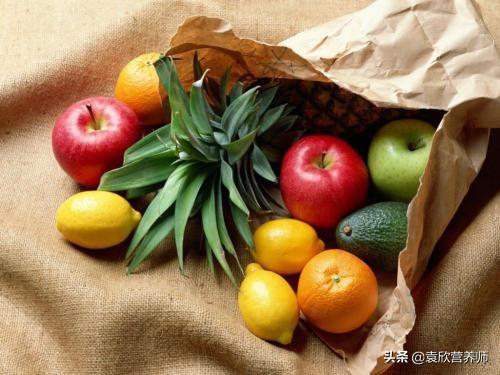
What fruits are available for sugar lovers?
In fact, there is no certain can not eat, each sugar lover blood sugar situation is also different, for example, some sugar lovers eat a small amount of lychee blood sugar rise may not be very fast, but some sugar lovers only eat a little may blood sugar clatter up, according to their own situation to choose the fruit is the best. Most of the fruits sugar lovers control the amount of consumption on blood sugar is generally acceptable, recommended one-time intake of no more than 150g, not more than 400g per day. sugar lovers may try to avoid sugar-rich, glycemic index is also higher fruits, such as lychee, cinnamon, pineapple, durian, hawthorn, fresh dates, etc.; choose more low glycemic index fruits, such as apples, pears, peaches, apricots, cherries, strawberries, grapefruit, kiwi, oranges, tangerines, and so on. Some fruits are more special, such as watermelon, watermelon glycemic index is higher, but the glycemic load is lower, if a small amount of food on the blood glucose impact is not great, but eat more than certainly on the impact of blood glucose will be higher; dragon fruit, although eat up the taste of the taste is relatively bland, but in fact, the effect of the dragon fruit glycemic effect is not small, do not recommend eating, dragon fruit fructose content is not as high as sucrose, the sweetness is not so big, but the sugar content is not equal to the low. Sugar lovers eating fruit recommended to choose between two meals when blood sugar is lower to eat, do not recommend eating after meals, after meals, blood sugar rises fast, eating fruit is equal to the fire.
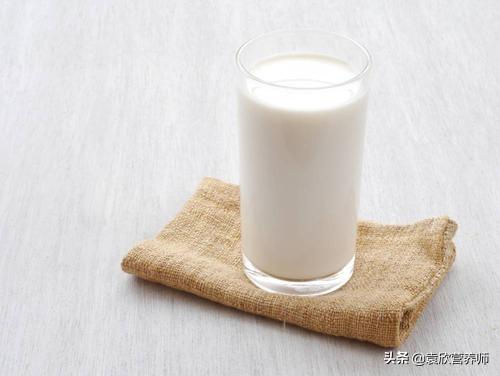
What milk options are available for sugar lovers?
Pure milk, fresh milk, unsweetened yogurt are good, milk may contain "lactose", but this lactose glycemic rate is very slow, they break down very slowly, the impact on blood sugar is small, the feeling of satiety is also very strong. There is no need to deliberately choose low-fat milk or skim milk, these milk is generally given to serious obesity, pancreatic problems and other people to drink, pure milk fat content is not high, do not need to remove, skim, low-fat milk nutritional value will also be reduced.
Avoid choosing flavored milk, flavored yogurt, flavored milk drinks, these drinks will add a lot of extra sucrose, a greater impact on blood glucose; containing milk drinks is even more so, they may not exist milk, is water, sucrose, creamer, thickening agent blended into the nutritive value can not be guaranteed, the impact on blood glucose is also greater. Purchase attention to look at the ingredients list, if sucrose, sugar and other sugars more forward, it is best not to buy.
This question and answer are from the site users, does not represent the position of the site, such as infringement, please contact the administrator to delete.